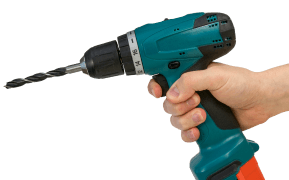Foundation, Posts and Framing
Once you have the proper permits, it’s time to get started laying a firm foundation for your deck. Installing concrete footings, building posts, and framing your deck are the first steps you’ll take to insure the structural integrity of your deck.
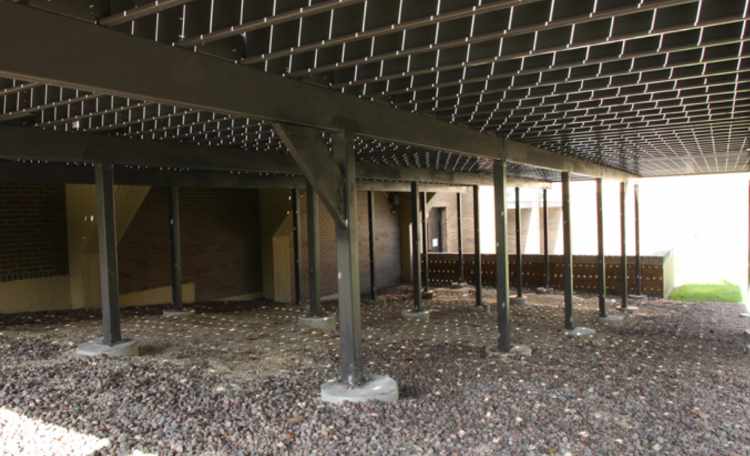
Installing Deck Footings
Concrete footings help support the foundation of your deck and prevent it from sinking into the ground over time. Footings are poured into holes dug at specific intervals, depending on the size and structure of your deck. Learn more about the various facets of installing deck footings.
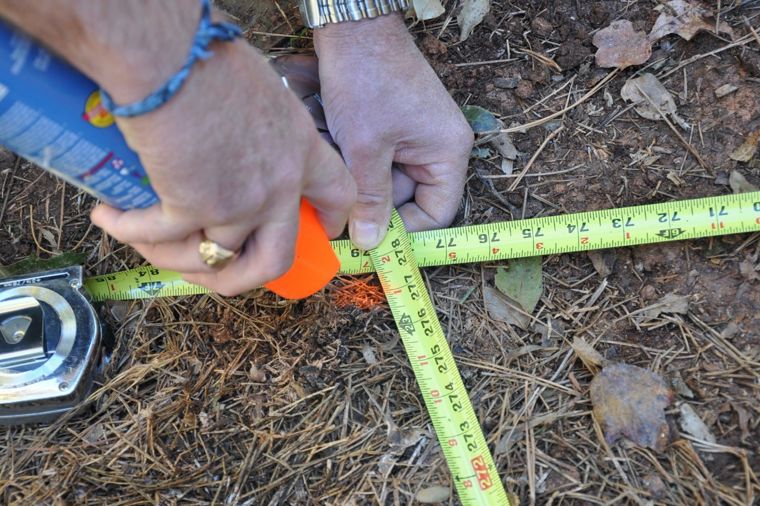
Pro Tip
-
From locating any underground utilities before digging to understanding how concrete footings distribute total loads on your deck, learn more about requirements for building deck footings.
-
Learn how to determine the code-compliant size of your footings based on soil type and loads, as well as how deep your footings will need to be before you start pouring concrete.
-
The number of footings you’ll need depends on the size and shape of your deck, as well as the size of your support beams and footings. Check out the footing and beam calculator to learn more.
-
It’s important to place your footings in the right locations. Learn more about batter boards and triangulation—concepts to help you make sure your footings are placed properly.
Pro Tip
Framing Your Deck
Framing your deck is essentially building the “skeleton” that forms the structure of your deck. The framing process involves connecting joists, beams, and support posts for a strong, sturdy—and code-compliant—deck. Before you start framing, get familiar with some of the terms and components involved.
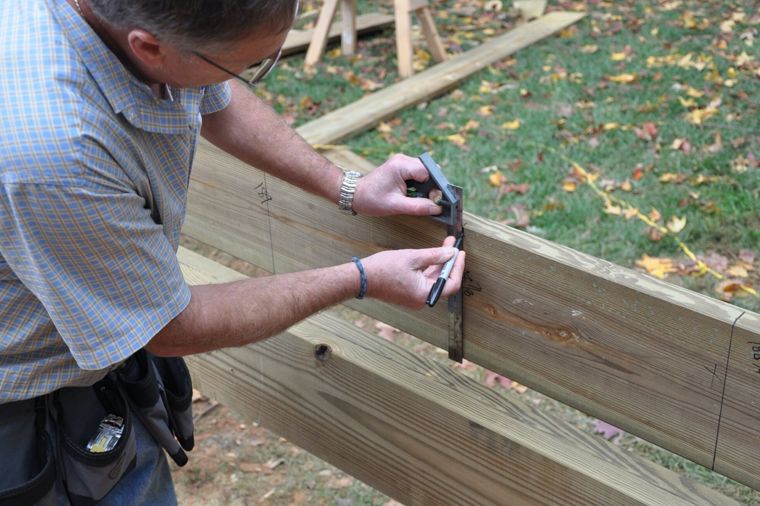
Pro Tip
-
Learn about the connection between joists, beams, and proper spacing depending on the size, width, and properties of your building materials.
-
Understand how ground level decks differ from elevated decks and learn about the step-by-step process involved in building this relatively easy-to-construct style of deck.
-
Learn how these building techniques can help reduce “deck bounce” and create a more solid and stable structure for your deck.
-
The size and dimensions of your beam, as well as the material you use dictates the span (or distance) to place between support posts. Use this chart to guide your framing process.
Pro Tip
Attaching a Ledger Board
For decks that are attached to a home and are not freestanding decks, a ledger board is required to give a deck added strength and support. Not only does it support your deck’s joists, but it also provides reinforcement to the framing. Ledger boards are typically made from durable, pressure-treated wood, and are quite heavy.
Takeaways From This Chapter
- Concrete footings are essential to support your deck’s foundation and prevent it from sinking. The size and shape of your deck will determine how many footings you’ll need.
- The frame of your deck creates a safe, solid, and stable structure for your deck, connecting joists, beams, and support posts.
- If you plan to attach your deck to your home, you’ll need to anchor it with a ledger board to support your deck’s joists and reinforce the framing.
More Chapters In This Guide
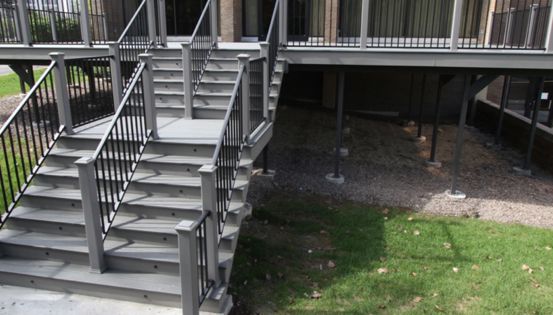
Decking, Railings and Stairs
With your foundation in place, here's where your deck will really begin to take shape! Get tips for laying decking boards, how to install railings, and building stairs. You're one step closer to enjoying a brand new deck.
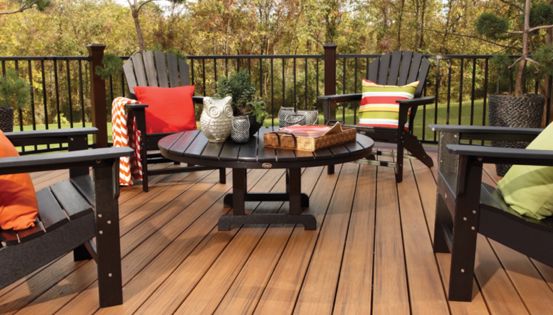
Maintaining & Enjoying Your Deck
Once your deck is complete, discover how to properly clean and maintain it in order to get the most use out of your deck for years to come.
Looking to hire a deck contractor in your area?
